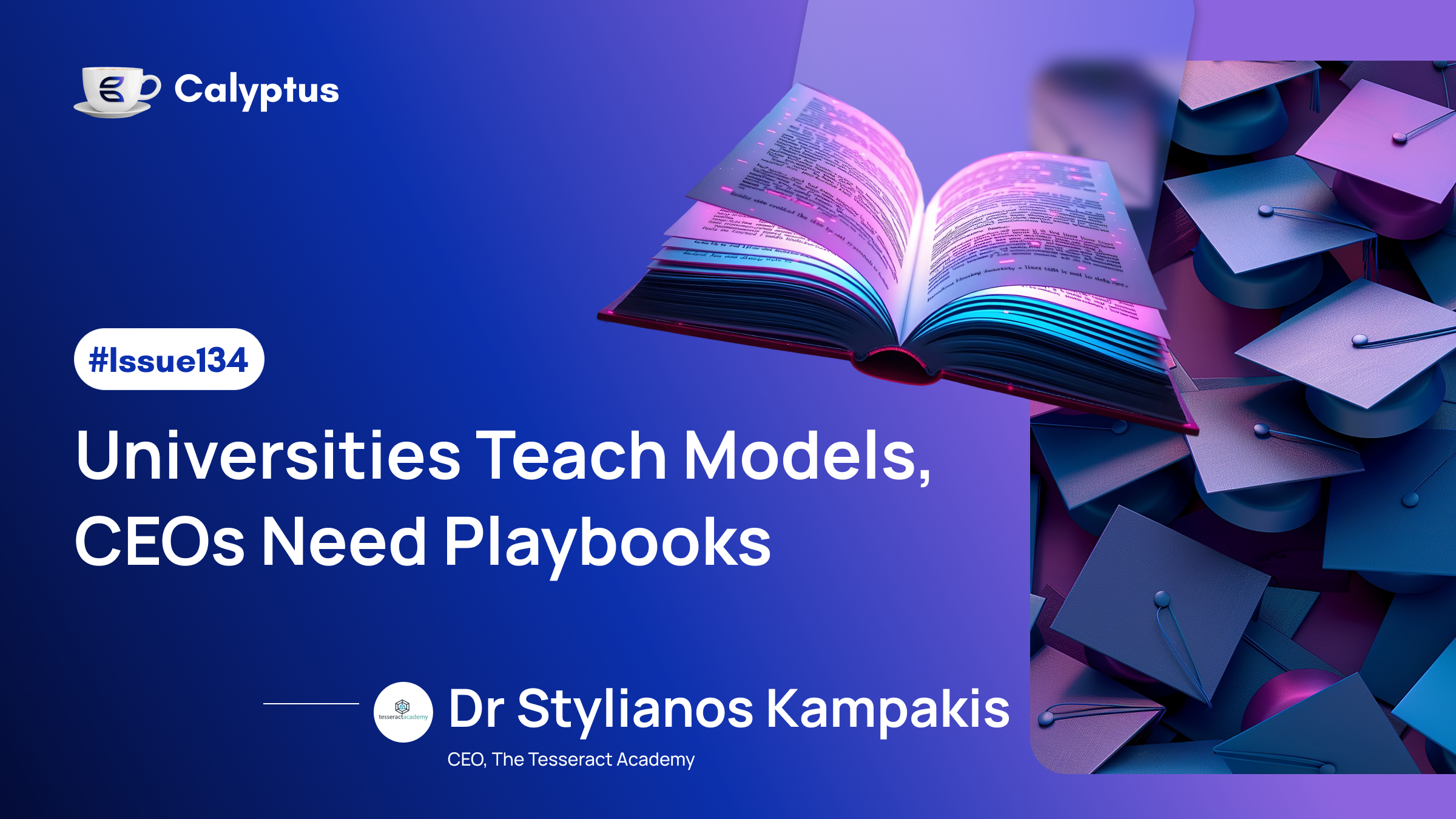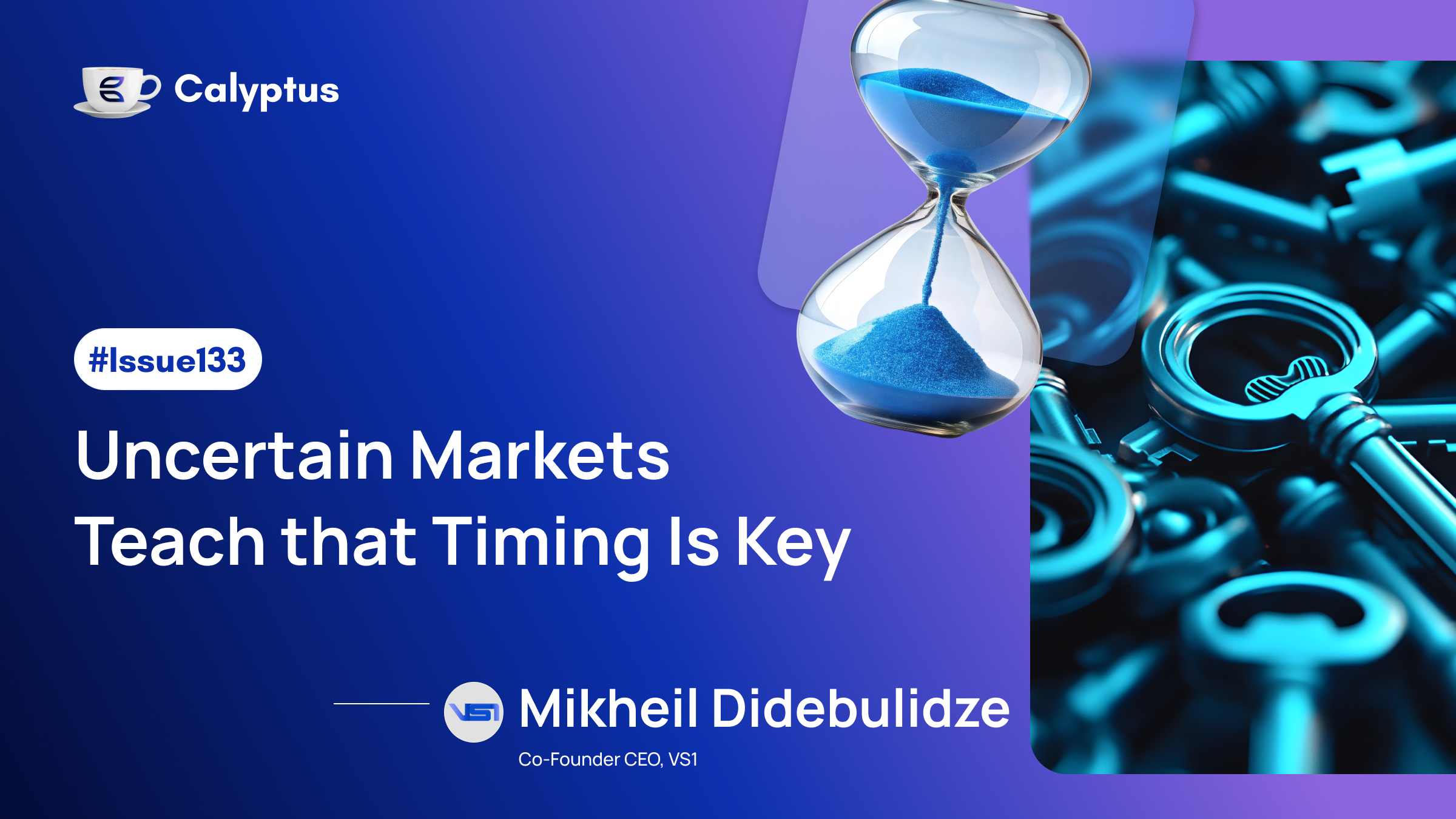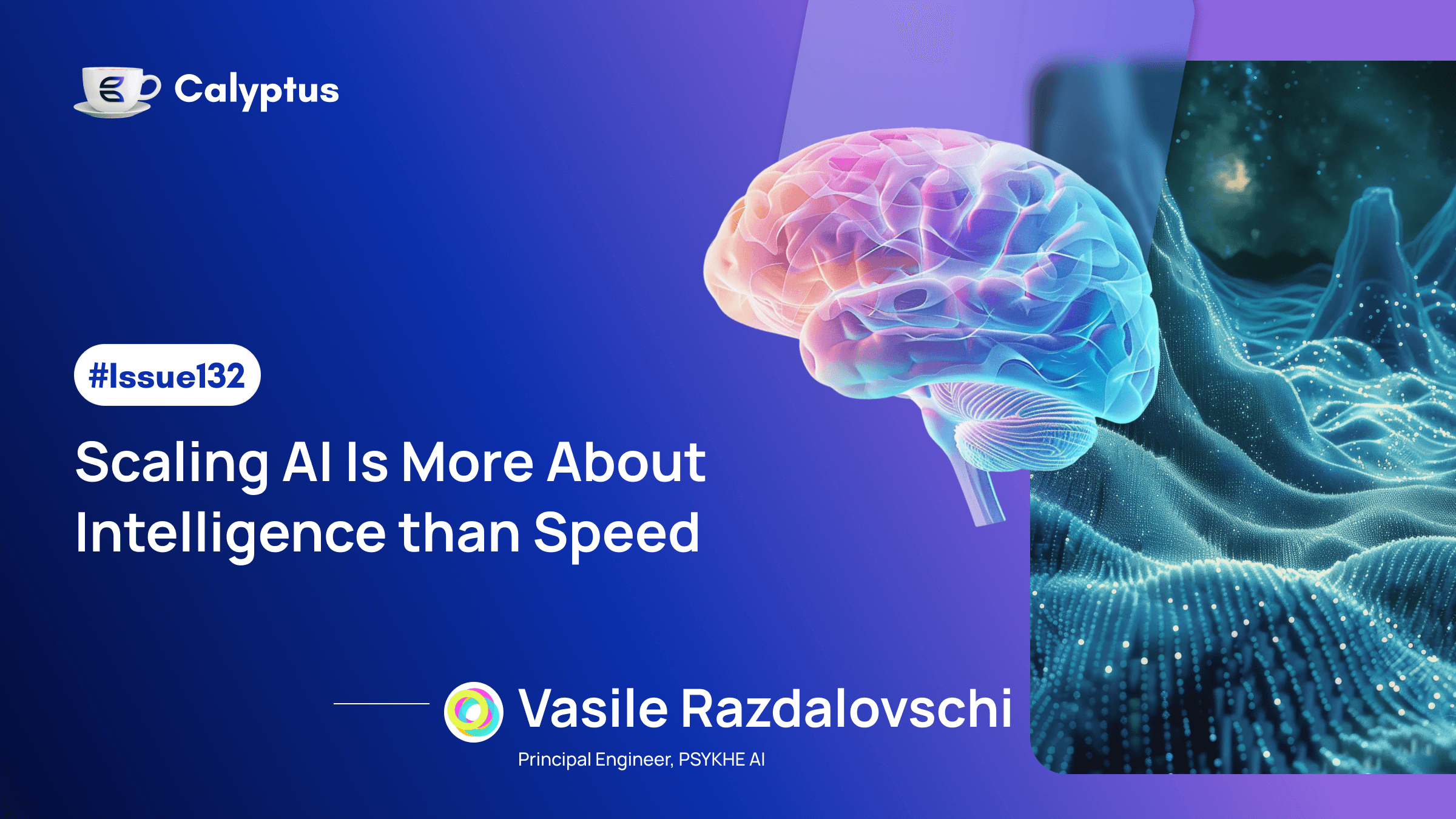In every hiring funnel, millions of hopeful candidates enter, but only a fraction ever reach a human recruiter. Today’s hiring processes are increasingly powered by AI recruitment software and algorithmic filters that quietly determine who advances and who disappears, before a person even reviews their résumé.
But what’s happening inside this unseen machinery? And why does it matter for anyone trying to hire AI engineers, fill specialized roles, or design an equitable AI-powered hiring platform?
Invisible filters: The silent gatekeepers
Modern hiring workflows virtually always involve Applicant Tracking Systems (ATS) or algorithmic filters that operate before any human intervention. One study notes that around 75% of applicants are eliminated by ATS before a human ever sees their resume acting as a largely invisible gatekeeper to opportunity.
The danger is compounded by implicit biases embedded in these systems. Retroactive patterns e.g., data favoring certain schools, names, or backgrounds can easily replicate and even amplify historical inequities.
Who gets excluded and why it hurts
Bias in AI powered recruitment platforms
A study from the University of Washington revealed alarming disparities: Large Language Models (LLMs) ranked resumes differently based on names associated with race and gender. White-sounding names advanced 85% of the time, whereas Black-sounding names advanced just 9% with Black male-associated names never preferred over white male names.
Cultural and linguistic exclusion
Recently published research highlights cultural bias in LLM assessments. Even when Indian and UK transcripts were anonymized, Indian ones scored lower suggesting the filters judge style and expression, not just skill or content.
Trans experience matters
A Tech Justice Lab audit tested how pronouns influence resume evaluations in ATS platforms. Resumes indicating “they/them” pronouns were marked as “too lengthy” or “noisy” suggesting that even affirmations of identity can result in penalization.
The human toll of invisible thresholds
These filters don’t just determine who gets seen they shape the way candidates approach job searches altogether.
According to “The Gatekeeper Effect,” biased screening can discourage candidates from even applying, perpetuating self-selection and deepening inequity.
Combined with implicit biases like affinity for familiar names or backgrounds this makes hiring feel like a closed loop, recycling the same profiles at the expense of diverse talent.
Can AI recruitment platforms fix it or does it just mirror ourselves?
Not always but sometimes, yes if designed with intention.
A comprehensive review of AI bias-mitigation strategies finds that techniques like vector space correction and data augmentation can meaningfully reduce biased outcomes especially when combined with human oversight.
Meanwhile, the arXiv paper “Evaluating the Promise and Pitfalls of LLMs in Hiring” offers empirical hope: domain-specific models with built-in fairness safeguards can achieve better balance than general-purpose LLMs demonstrating that accuracy and equity need not be in tension.
What a more humane hiring process looks like
- Audit continuously: Track who gets filtered out by demographic, linguistic style, or educational background and investigate why.
- Redesign filters: Aim for fairness in the logic of keyword scanning or resume scoring avoiding proxies for identity.
- Blend AI with human review: Resist letting algorithms make final calls. Humans should interpret, question, and correct AI-based exclusions.
- Support diverse expression: Ensure cultural, linguistic, or stylistic differences are not penalized as “noise” or “length.”
- Lower self-selection barriers: Make application processes transparent and inclusive so that capable candidates don’t self-filter out.
A more humane AI-powered hiring platform doesn’t simply accelerate decisions. It ensures that opportunity is real, not an illusion.
Bottom line: The filters are not neutral
Filters are not neutral. Whether you’re building pipelines for Web3 recruitment, sourcing crypto talent, or tracking trends like the average IT tech salary, algorithms are shaping who even gets a shot. Fair AI hiring requires humility, oversight, and transparency.
Done right, AI recruitment software won’t just cut time-to-hire; it will help unlock overlooked talent pools and create pathways for diversity at scale.
References
- Campus of Disappearing Talent: ~75% of applicants are dropped by ATS pre-review (MDPI, blogs.psico-smart.com)
- UW study: White names advanced 85%, Black 9%; Black male never outranked white male (UW Homepage)




